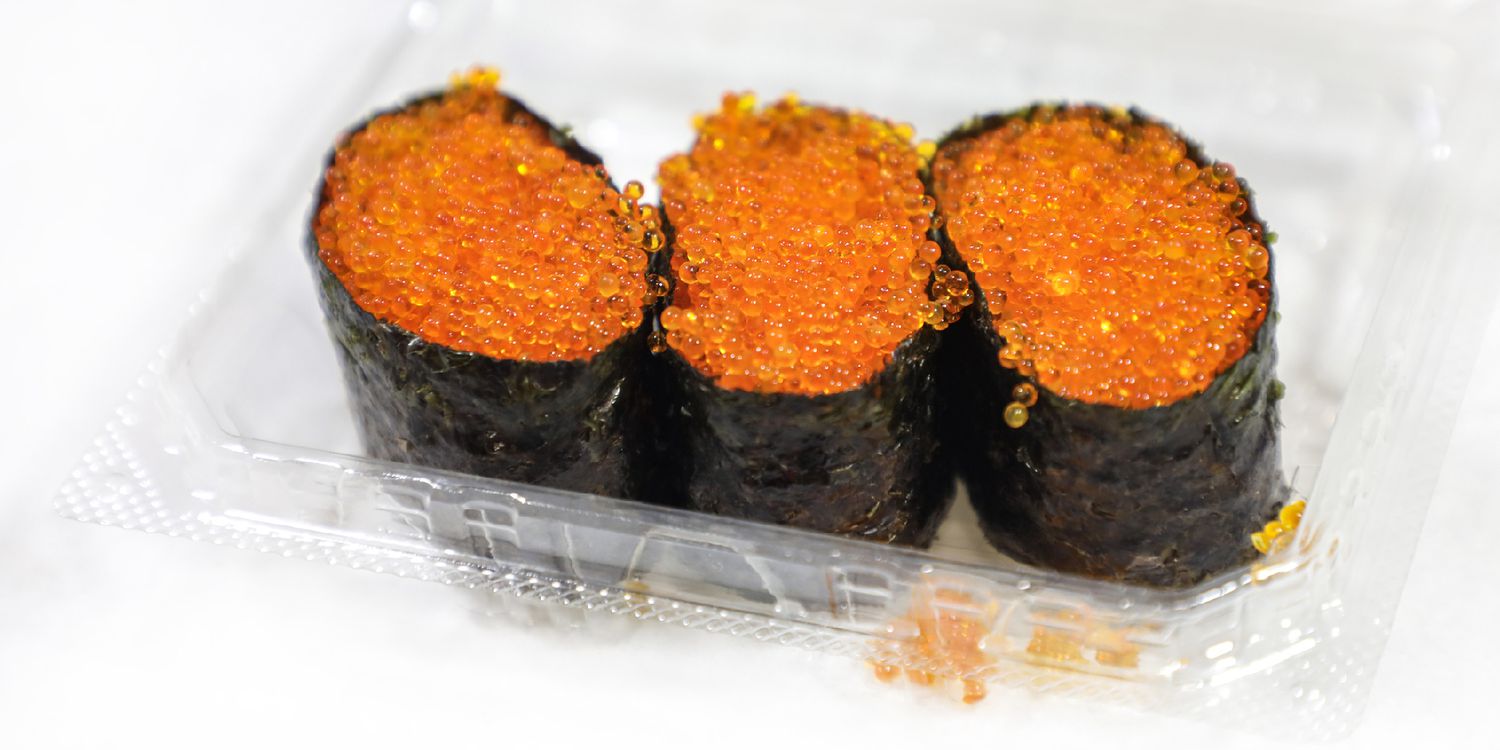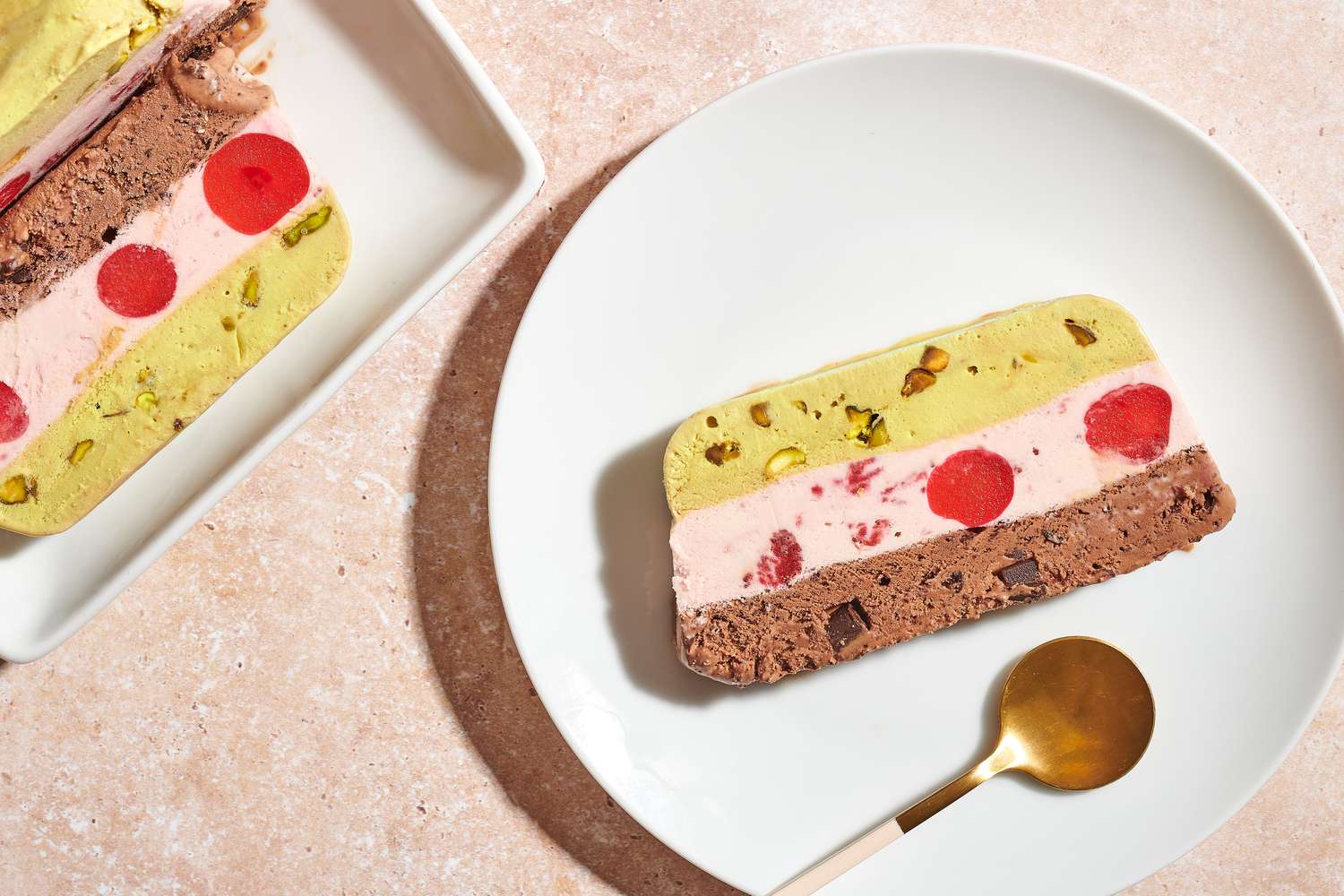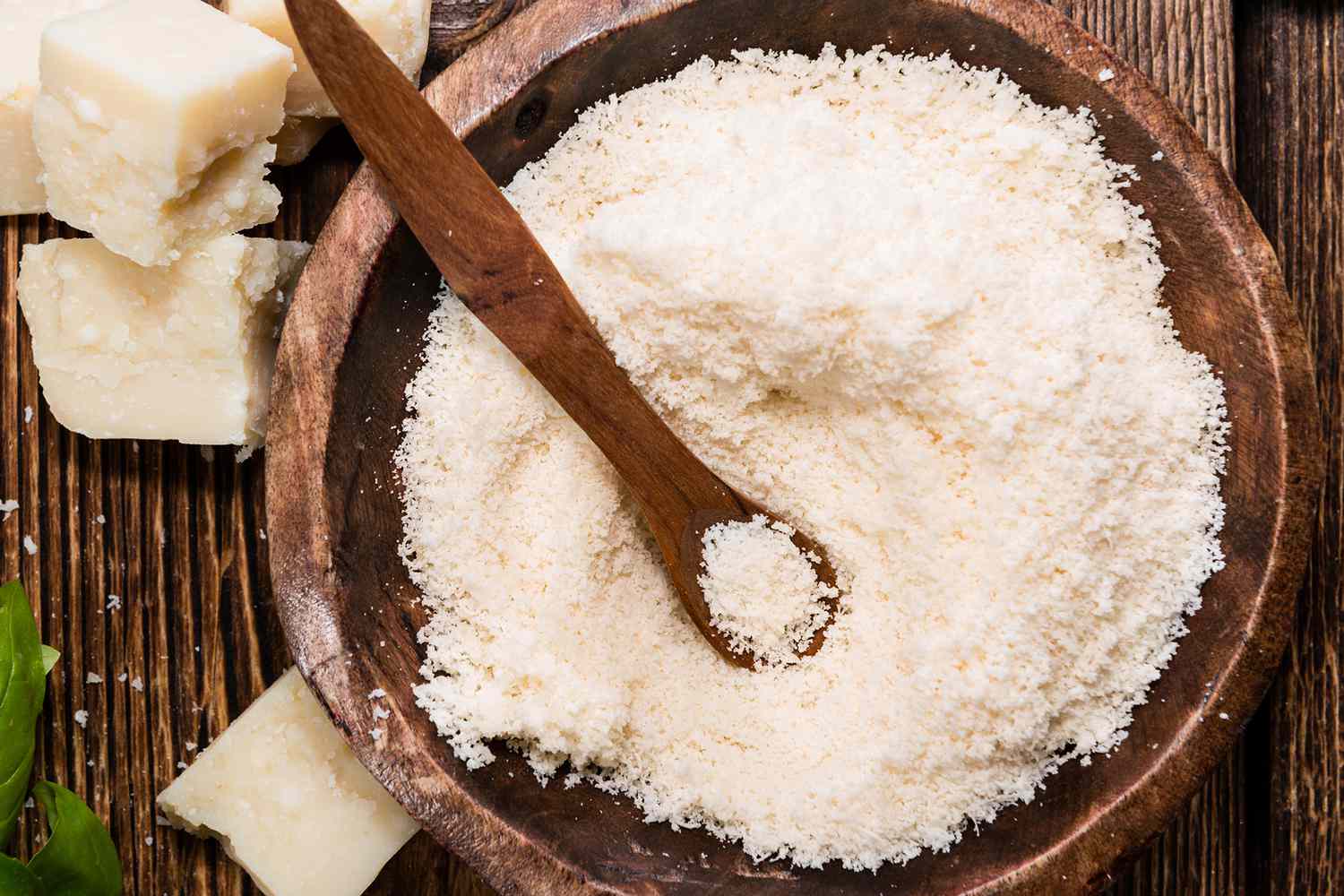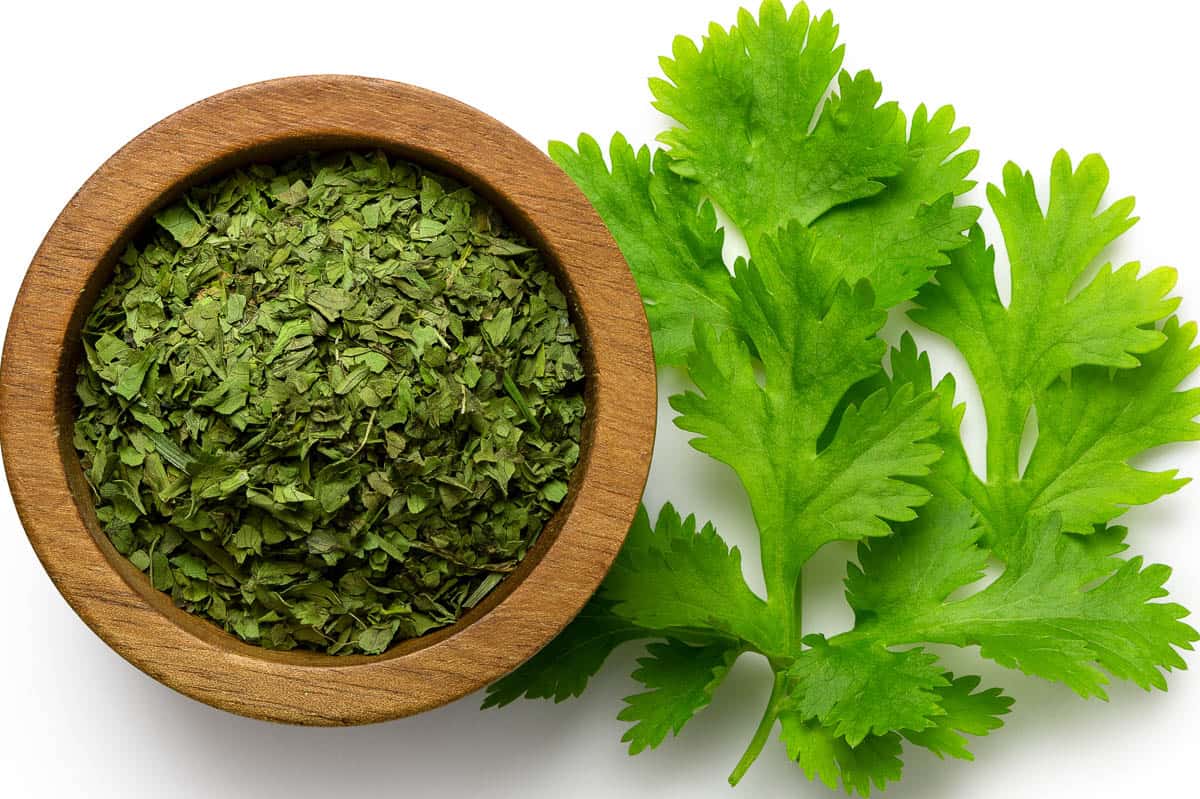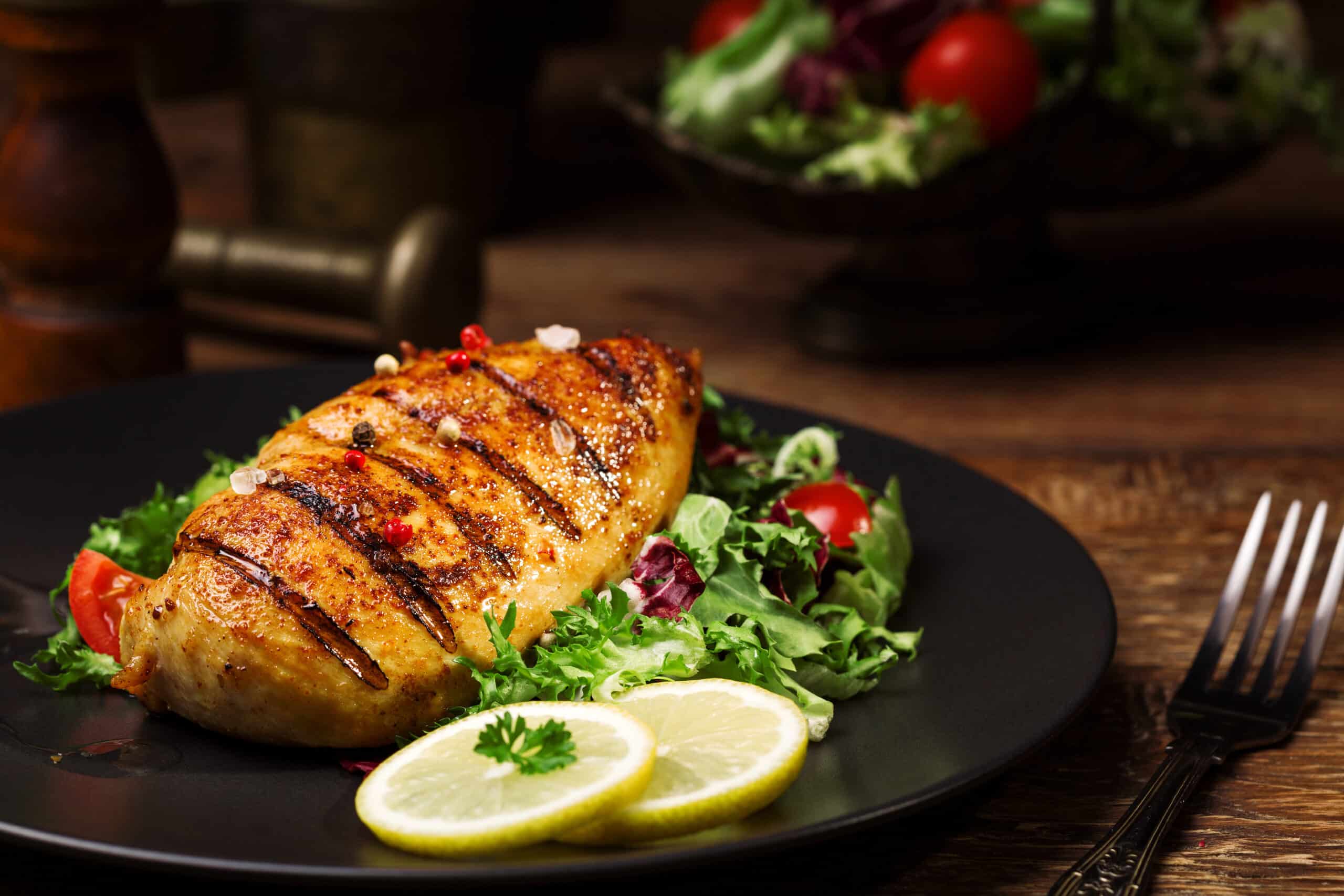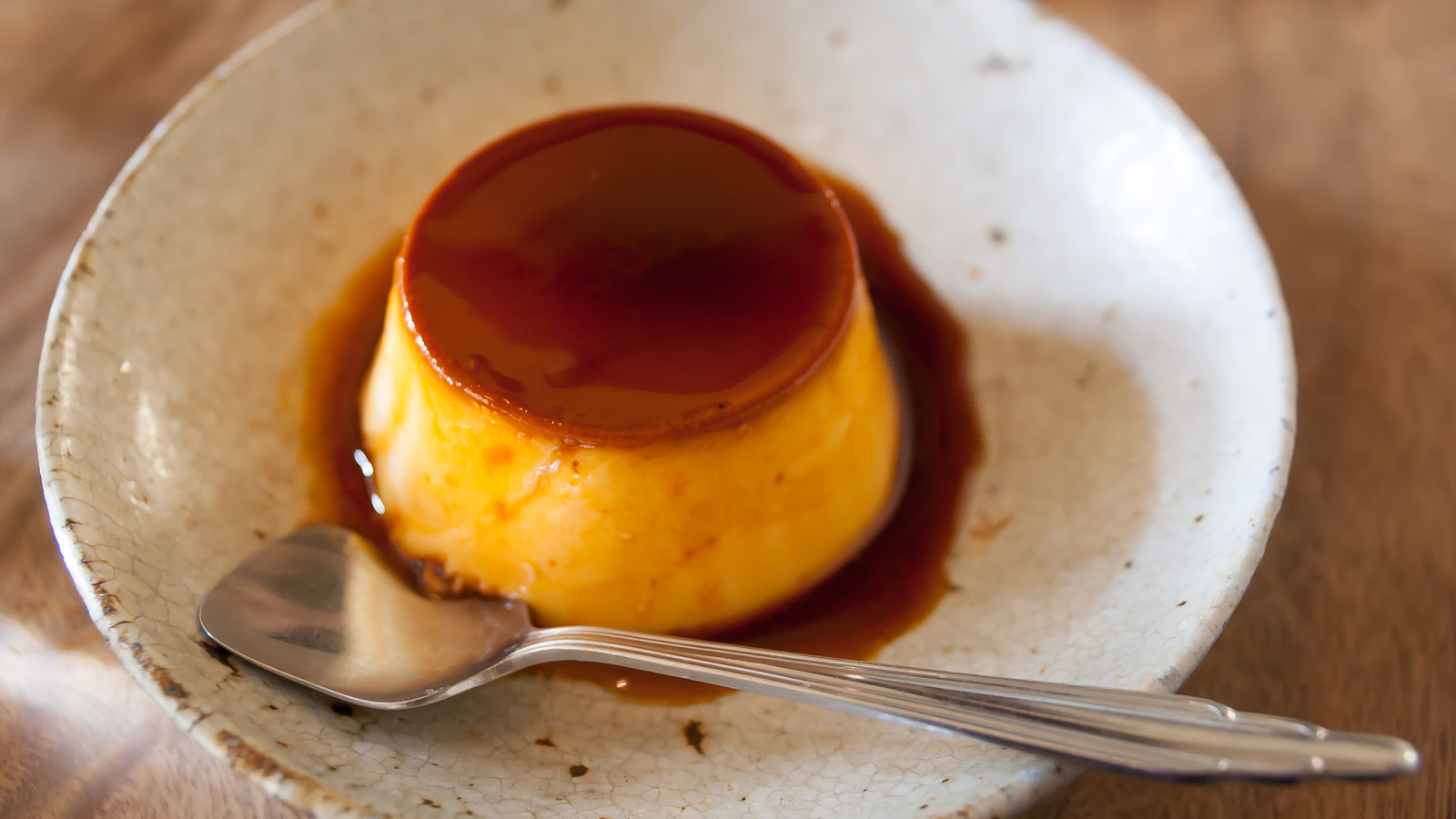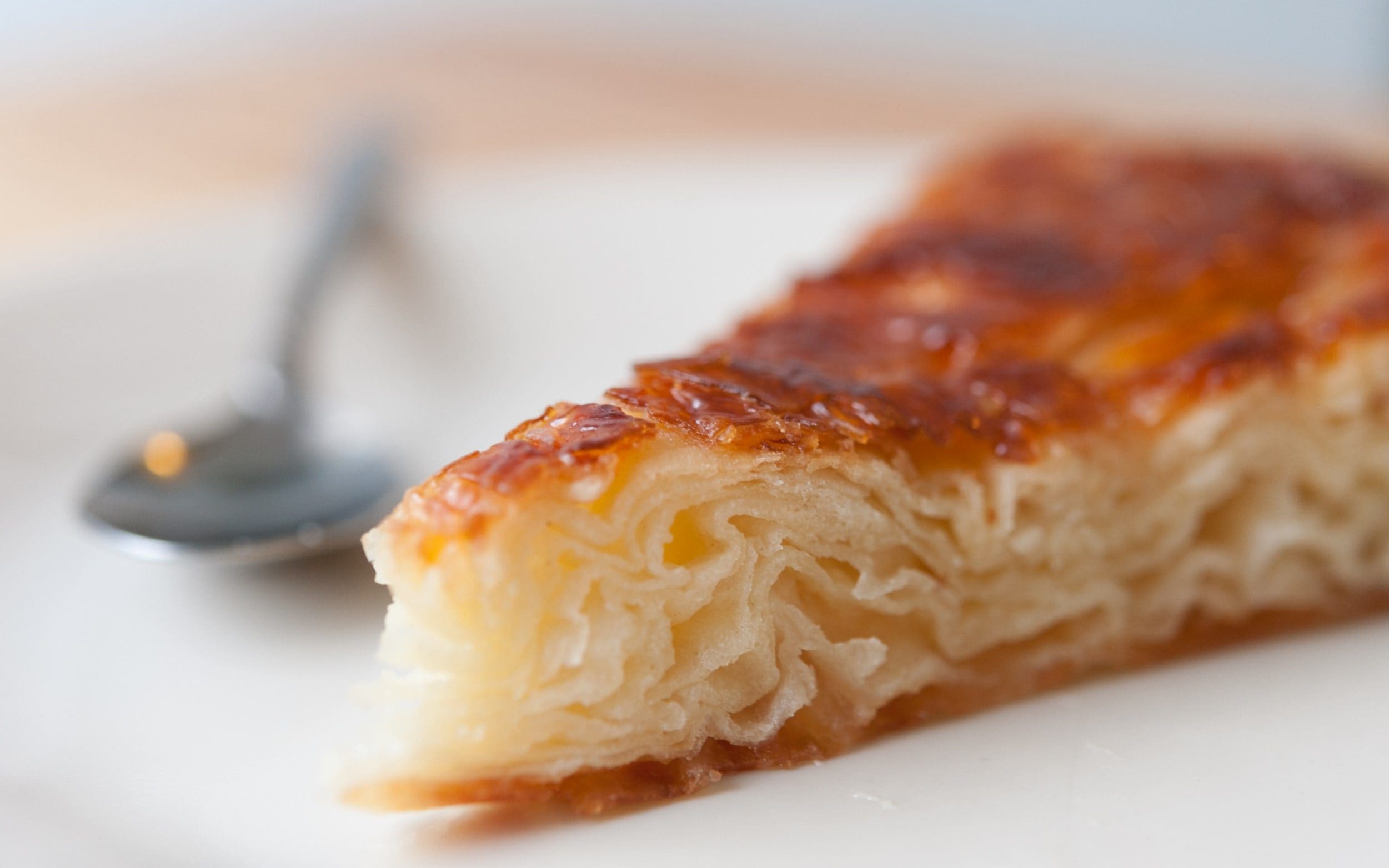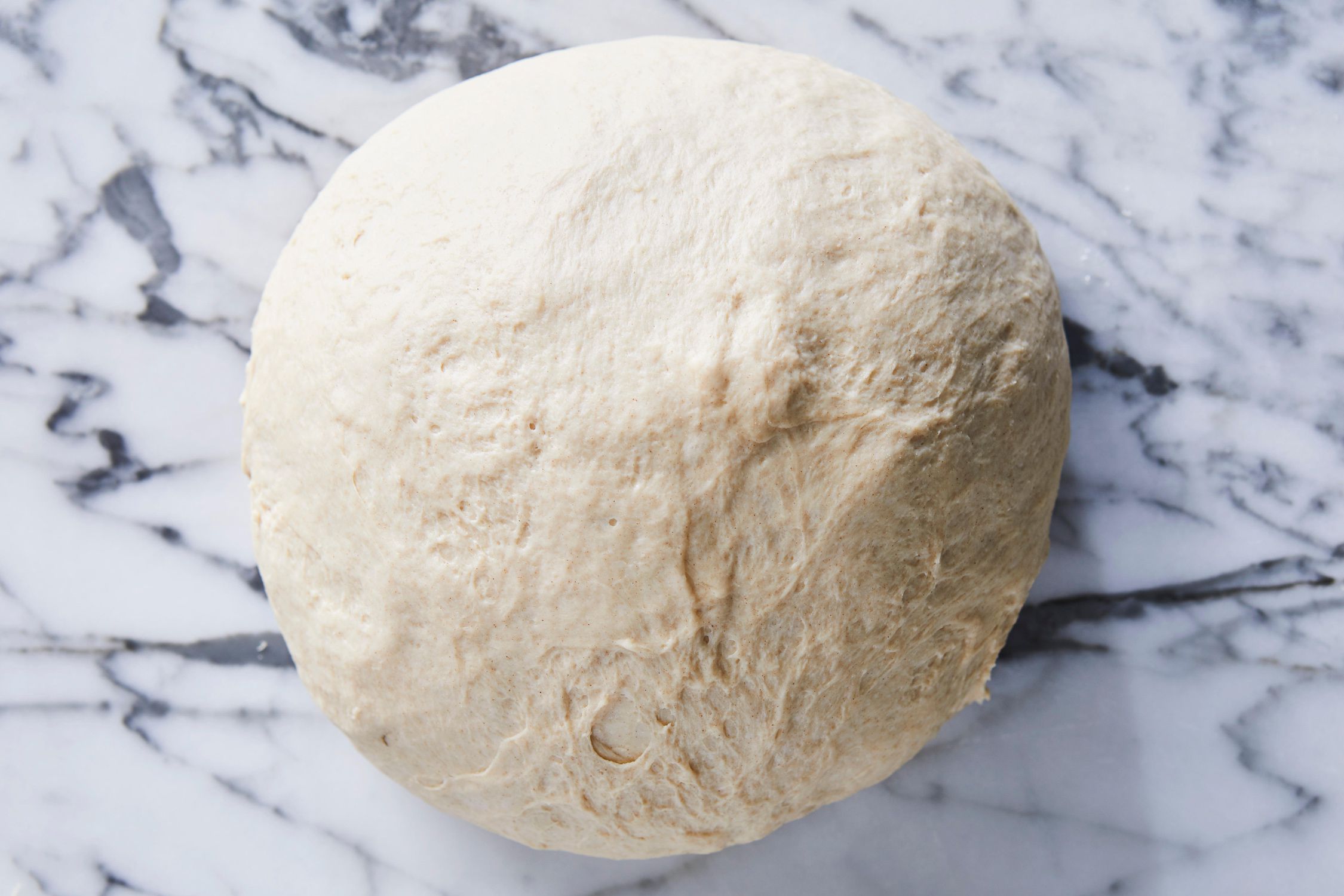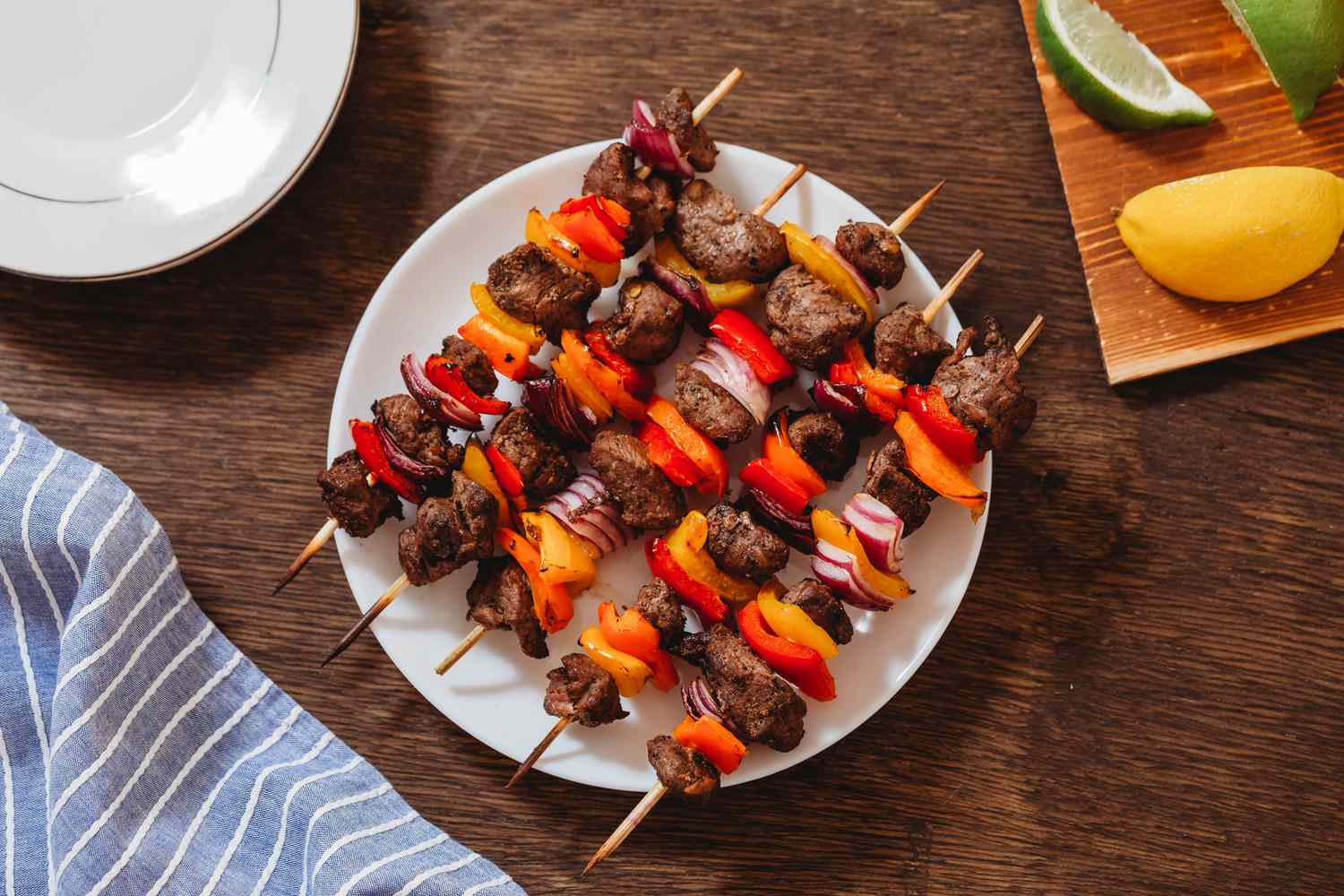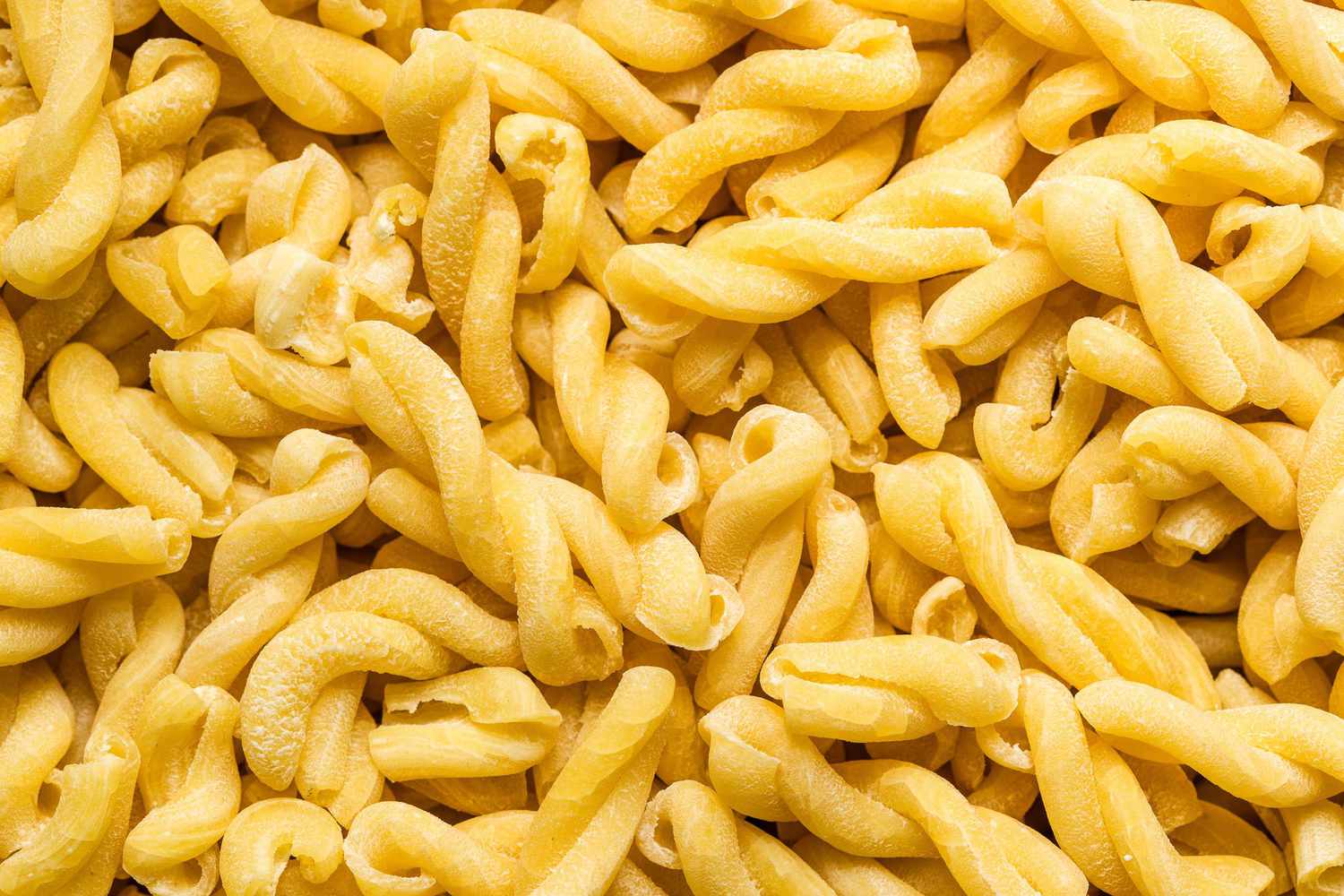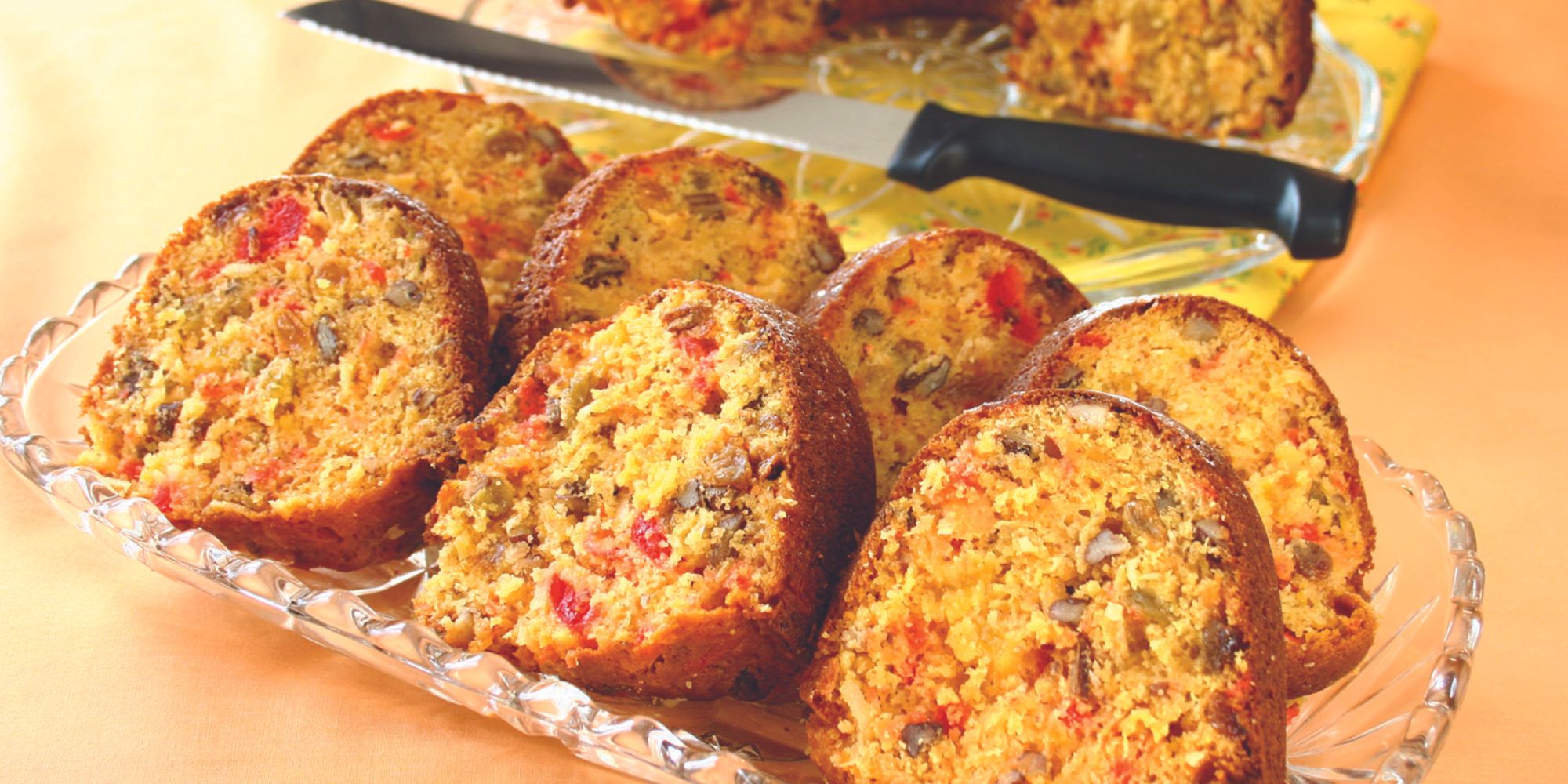Discovering the Delightful Dish of Hasenpfeffer
Have you ever heard of a dish called Hasenpfeffer? If not, you’re in for a treat! Hasenpfeffer is a traditional German stew that is made with marinated rabbit, onions, and a variety of flavorful spices. This hearty and savory dish has been enjoyed for centuries and continues to be a popular meal in German cuisine.
The History of Hasenpfeffer
Hasenpfeffer has a rich history that dates back to medieval times. The dish originated as a way to preserve and prepare rabbit meat, which was a common source of protein in many European countries. The name “Hasenpfeffer” is derived from the German words “hase” meaning hare or rabbit, and “pfeffer” meaning pepper, highlighting the importance of pepper in the dish’s seasoning.
Ingredients and Preparation
Hasenpfeffer is typically made with the following key ingredients:
- Marinated rabbit meat
- Onions
- Vinegar
- Bay leaves
- Peppercorns
- Juniper berries
- Flour
- Butter
- Red wine
- Broth
The rabbit meat is marinated in a mixture of vinegar, onions, and spices for several hours or overnight to enhance its flavor. After marinating, the meat is then browned and simmered with the marinade, red wine, and broth until it becomes tender and infused with the rich, aromatic flavors of the spices.
Serving Hasenpfeffer
Hasenpfeffer is often served with traditional German sides such as potato dumplings, spaetzle, or mashed potatoes, which help to soak up the flavorful gravy. The tender, succulent meat and robust sauce make for a truly satisfying and comforting meal, especially during the colder months.
Enjoying Hasenpfeffer Today
While Hasenpfeffer may not be as widely consumed as it once was, it still holds a special place in German culinary traditions. Many restaurants in Germany and beyond continue to feature Hasenpfeffer on their menus, allowing both locals and visitors to savor this classic dish.
For those who are adventurous in the kitchen, trying out a Hasenpfeffer recipe at home can be a rewarding experience. The combination of aromatic spices and tender rabbit meat creates a dish that is both comforting and full of character.
Conclusion
Hasenpfeffer is a dish that embodies the rich culinary heritage of Germany. Its history, robust flavors, and traditional preparation make it a beloved part of German cuisine. Whether enjoyed in a cozy restaurant or homemade in the kitchen, Hasenpfeffer is a dish that continues to captivate the palates of food enthusiasts around the world.
Was this page helpful?
Read Next: What Is The History Of Paella
